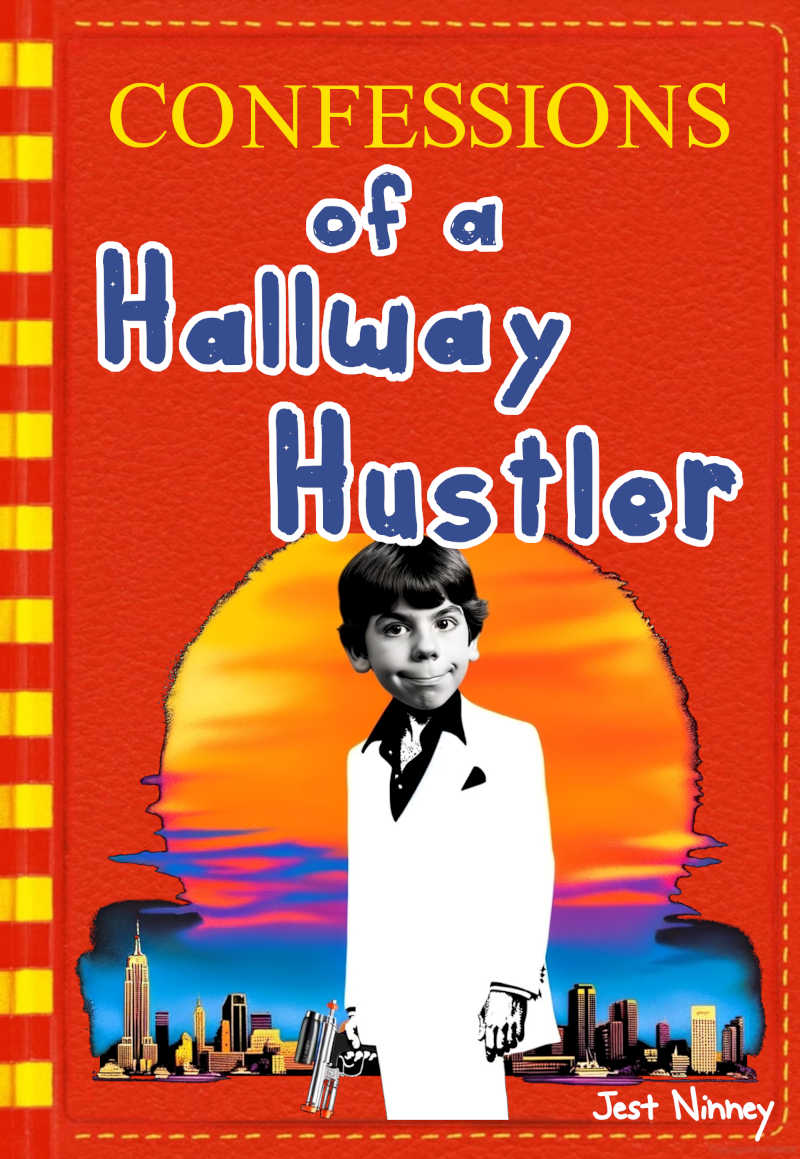Introduction
Parody and mockery are forms of humor and critique that we often encounter in media, comedy, and art. These two terms are sometimes used interchangeably but have distinct characteristics and purposes. Understanding these differences and similarities is crucial for creators making content, critics analyzing it, and audiences consuming it.
What is Parody?
Parody is an artistic work that imitates the style of another work, artist, or genre for comic effect or social commentary.
Take “Weird Al” Yankovic’s song “Amish Paradise,” for example. This song is a parody of Coolio’s hit “Gangsta’s Paradise.” It imitates the original music and style but changes the lyrics to offer comedic insight into Amish culture.
What is Mockery?
Mockery, on the other hand, is the act of making fun of someone or something in a cruel or harsh way, often through exaggeration or distortion. A stand-up comedian mocking a political figure by exaggerating their accent and body language would be an example of this.
Unlike parody, mockery doesn’t necessarily have to create a new work; it can be a straightforward act of ridicule.
Similarities Between Parody and Mockery
Critique and Commentary
Both parody and mockery aim to criticize or comment on the subject they are based on. They can target anything from social norms to public figures.
For example, a parody of a fast-food commercial might make fun of how the food looks nothing like the advertisements, offering critique through humor. Mockery can do the same by exaggerating the difference between the advertised and actual product.
Use of Exaggeration and Humor
Both forms also rely on exaggeration and humor to make their point. In parody, this might involve taking the unique characteristics of a work or person to an extreme. Mockery often uses exaggeration to highlight the absurdity or flaws in the original subject. Both aim to entertain while providing some level of insight or critique.
Differences Between Parody and Mockery
Intent
The intent behind parody and mockery can be different. A parody often aims to both entertain and offer critique, encouraging people to look at a subject in a new way. Mockery, however, may merely aim to ridicule or demean the subject without inviting deeper thought.
For example, a parody of a popular action movie might exaggerate the frequent use of slow-motion scenes to highlight the film’s reliance on this technique. In contrast, mockery might just claim the movie is stupid, without offering a specific critique.
Complexity
Parody often involves a more complex creative process, taking time to mimic the style, tone, or other elements of the original work. Mockery is generally more straightforward and blunt.
A parody of a Shakespearean play would use similar language, structure, and themes to the original, but with a twist that offers new insight or humor.
Mockery of the same play might simply be making fun of the outdated language, without mimicking its style or complexity.
Ethical and Social Implications
Parody and mockery also differ in their ethical and social implications. Parody often invites the audience to think critically about a subject. On the other hand, mockery can risk perpetuating stereotypes or making unfair judgments about a subject.
For instance, a parody of a politician might exaggerate their policy positions to highlight contradictions or flaws. Mockery might just make fun of the politician’s appearance or mannerisms, perpetuating surface-level judgments without offering critique on their competency or policies.
Case Studies
“Saturday Night Live”
“Saturday Night Live” often uses parody to critique politicians, celebrities, and social norms. Their sketches mimic the speaking styles, mannerisms, and often the appearance of public figures, offering satirical commentary on their actions.
Internet Memes
In contrast, internet memes that mock celebrities often lack the nuance and constructive critique that parody offers. They might simply exaggerate a flaw or a mistake the celebrity made, encouraging ridicule but not deeper thought.
Conclusion
While both parody and mockery serve as forms of humor and critique, they differ in intent, complexity, and ethical considerations. Parody usually aims for a more nuanced critique and often involves a more complex creative process. Mockery is generally simpler and can sometimes perpetuate stereotypes or surface-level judgments. Understanding these differences is crucial for anyone creating, critiquing, or consuming content.

